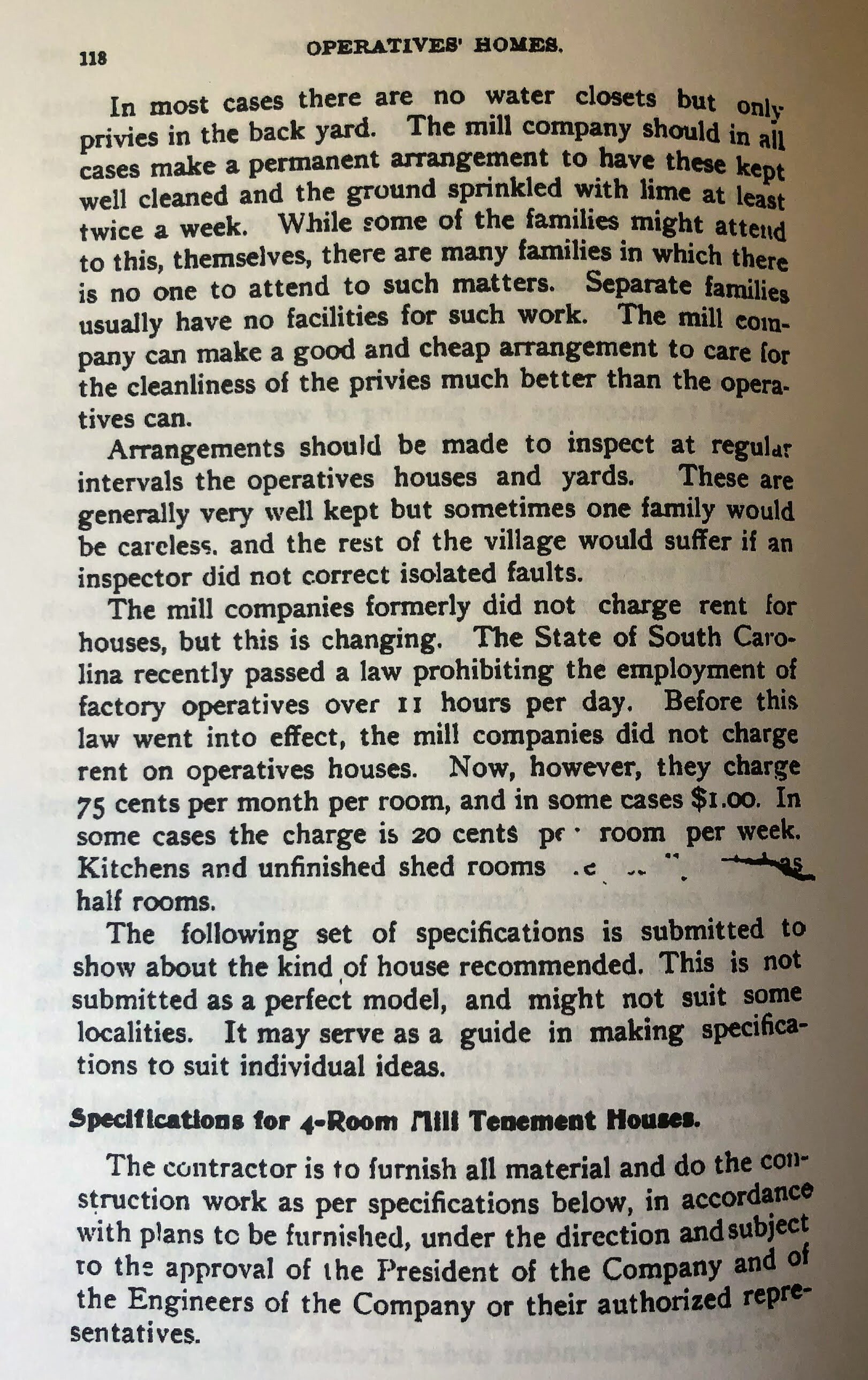
The Atherton Mill House
A Brief History of Dilworth
In 1890, Edward Dilworth Latta, a clothing salesman and manufacturer from South Carolina, partnered with five of Charlotte’s most wealthy and elite residents to create the Charlotte Consolidated Construction Company, often referred to as the Four Cs. The Four Cs purchased then farmland at Charlotte’s southern edge along with the Charlotte Street Railway system. The Four Cs then contracted with The Edison Company, owned by Thomas Alba Edison, to convert the railway system to electric. Soon after, Latta and the Four Cs announced the plan for a new real estate development named Dilworth, along the railway. Latta was adamant that the suburb include a park; aptly named “Latta Park”, was originally designed by landscape architect, Joseph Forsyth Johnson, and still exists today. One key difference with the Dilworth suburb from other suburbs at the time, was Latta’s “all-embracing attitude towards land use.” (1) Big and small lots were made available, black and white families were welcomed, and industrial was encouraged to mix with residential. (1)
The Atherton Mill House
“In July 1892 the [Charlotte Consolidated Construction] company sold land along the railroad to D.A. Tompkins, who immediately launched construction of a cotton mill intended as a showplace for his notions of textile engineering. Tompkins’s Atherton Mill complex soon included not only factory buildings but a store, a school and meeting hall, and an extensive mill village (remnants survive along Dilworth’s Tremont and Euclid Streets today). The compact cottages, as small as two rooms, would become prototypes for plans published in Tompkins’s book Cotton Mill: Commercial Features (1899).” (1)
More recently, the Atherton Mill House was owned for nearly 50 years by a single mother who raised six children in the home. After her passing, the property sat vacant for nearly seven years until 2017 when the family decided to sell it. There were numerous offers on the home, but mostly from developers who wanted to tear it down. Many people backed away from the purchase as it was in need of massive amounts of repair, renovation and TLC. The family and the Historic Society were both very pleased when Will came along and purchased the home with full intentions of restoring it to its former glory. It’s a labor of love and still a work in progress, but Will’s done an amazing job of bringing this piece of history back to life. We’ll post his progress on our Instagram account, so be sure to give us a follow! Below are some pictures from the designer of the home, Daniel Augustus Tompkins, as well as his text describing their construction requirements. Enjoy!
Works Cited/For more information on Dilworth and the Atherton Mill House
(1) “Habiliments of Progress, Locating the Mills, Housing the Workers.” Sorting out the New South: Race, Class, and Urban Development in Charlotte, 1875-1975, by Thomas W. Hanchett, University of North Carolina Press, 1998, pp. 51–64.
(2) “Operatives' Homes.” COTTON MILL, COMMERCIAL FEATURES: a Text-Book for the Use of Textile Schools and Investors ... (Classic Reprint), by DANIEL AUGUSTUS. TOMPKINS, FORGOTTEN Books, 2015, pp. 118–121.






